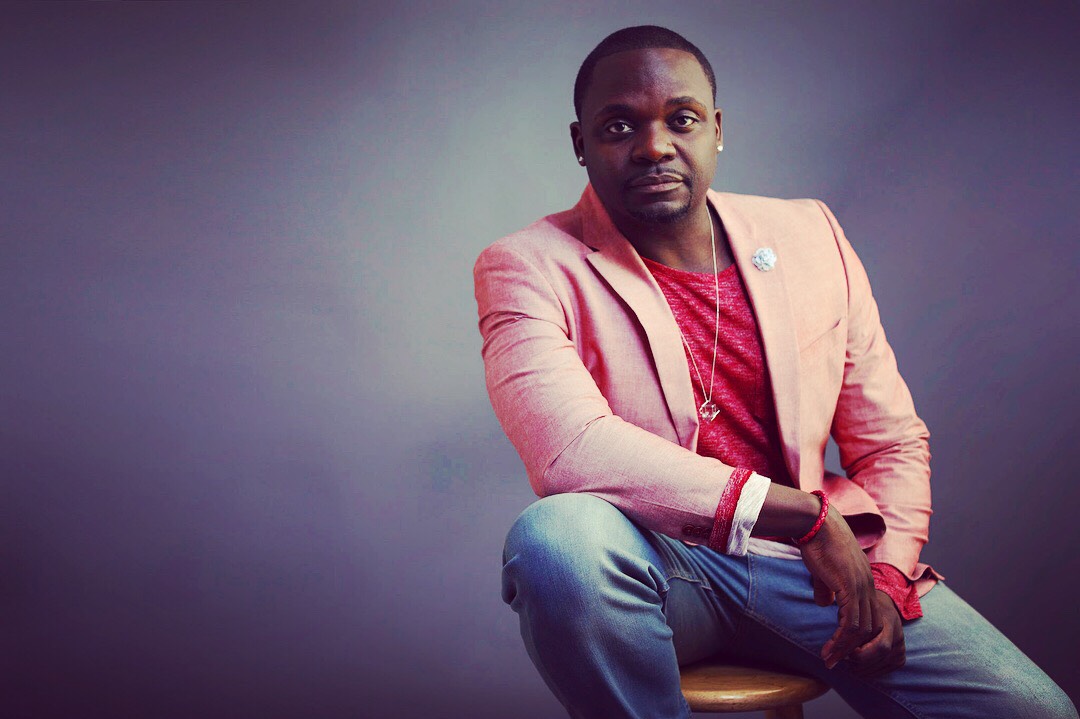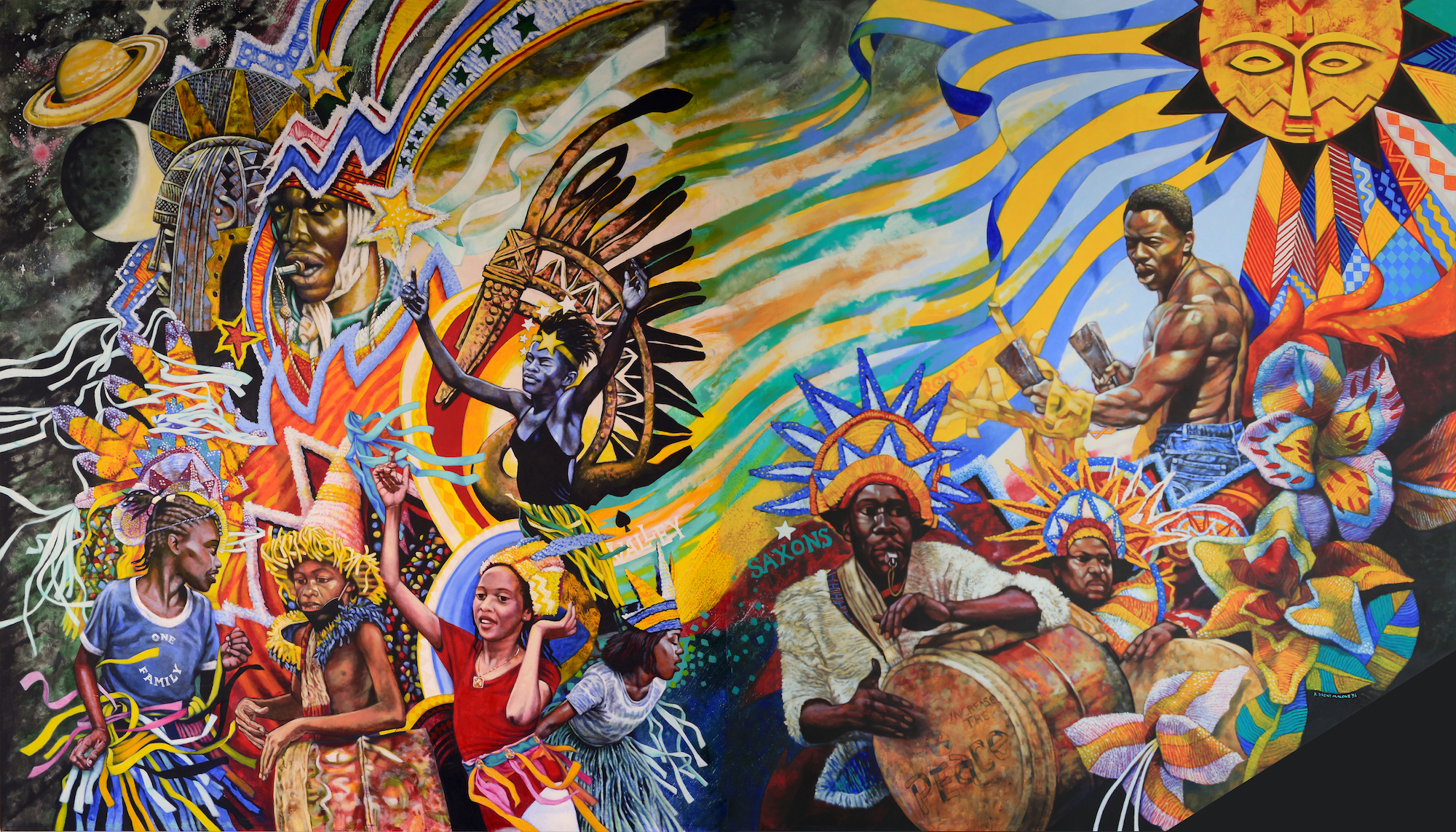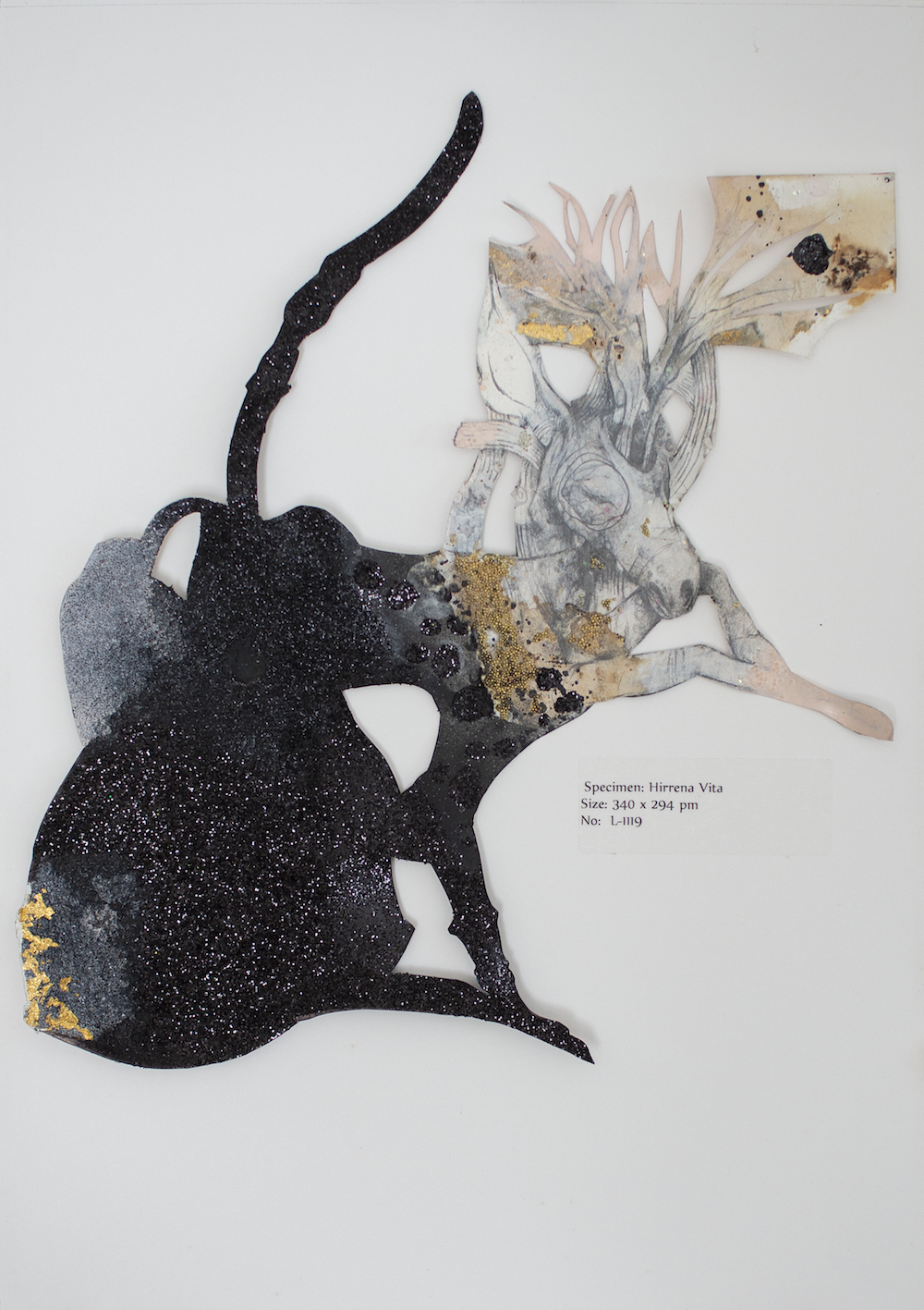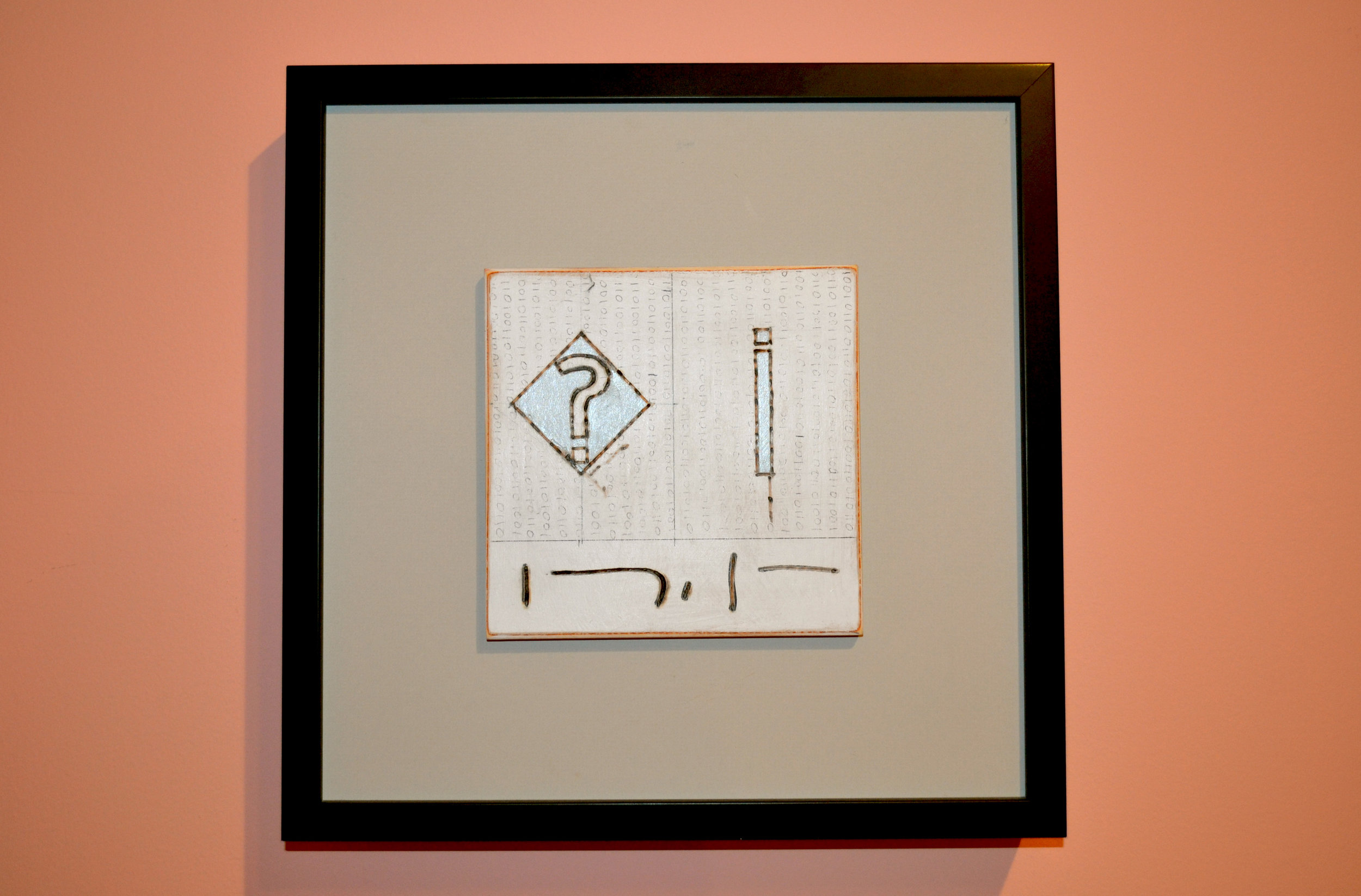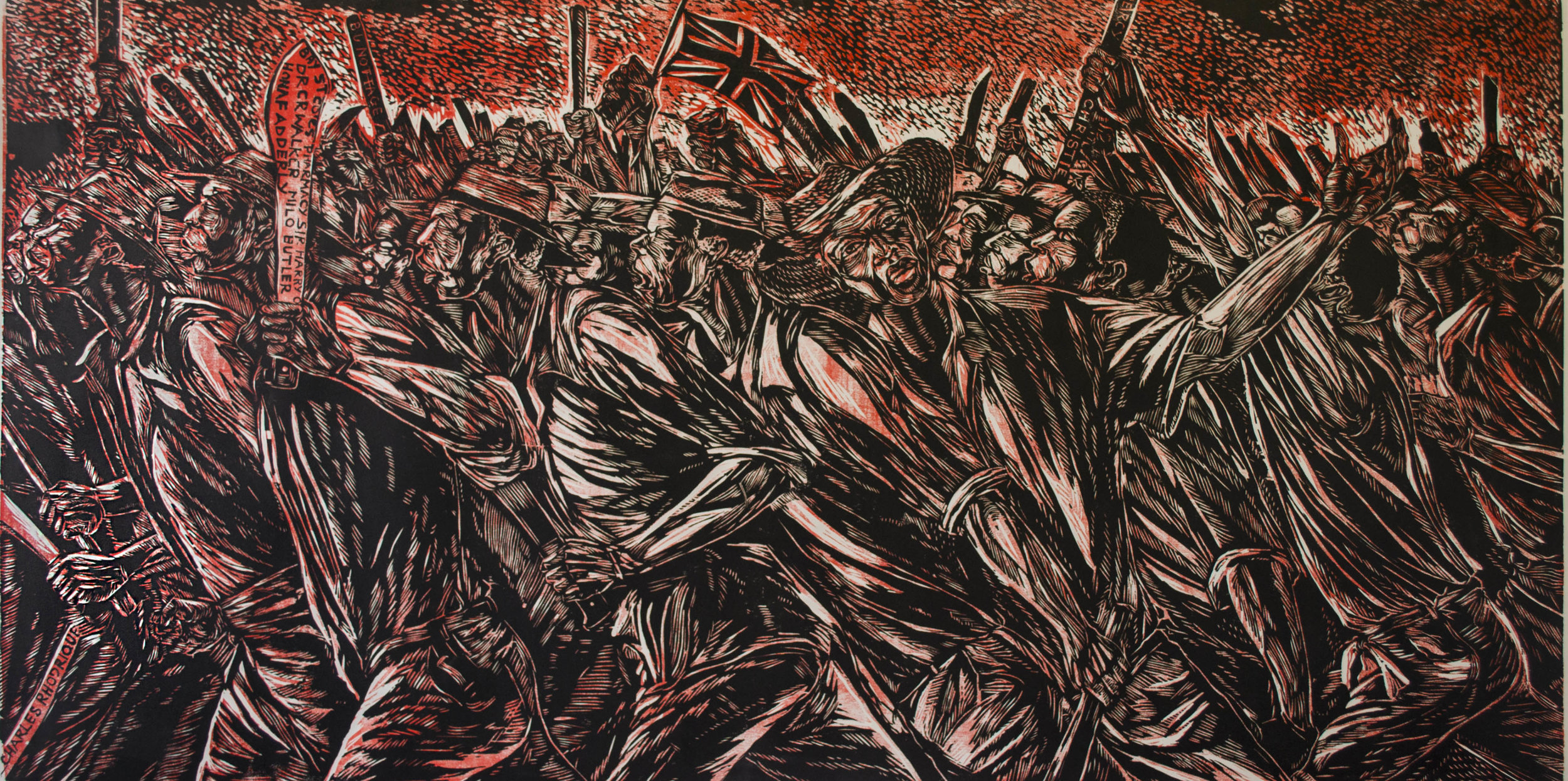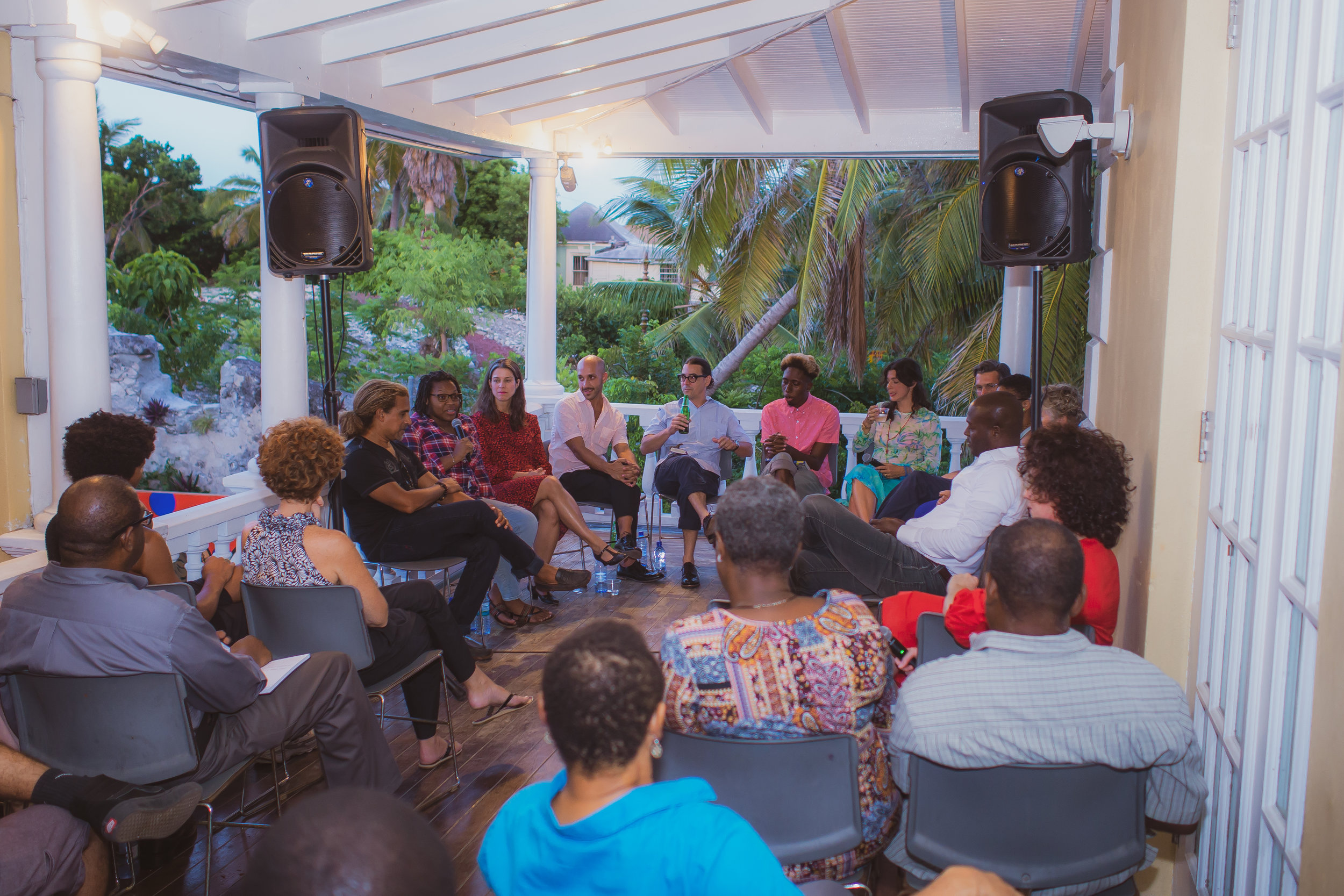By Natalie Willis. An interview with Travolta Cooper on his plans for screenings and finding his “true north”. The NAGB free film series is back for fall! From the spooky to winter-heartwarmers, we have got you covered. This week, we chat with Travolta Cooper – yes, that really is his name! – who will be curating this new season of screenings. The premiere opens with the terrifying classic, Rosemary’s Baby (1968) this Thursday October 18th at 7:00pm in Fiona’s Theatre at the NAGB. First, here’s more on the mind selecting these great bits of cinema for us.
All posts by Natalie Willis
UBS Donates a National Treasure: The NAGB and the Bahamian people inherit a Malone masterpiece
By Malika Pryor-Martin. Art is a wondrous thing. It calls forth memories while speaking to our future self. A technician will produce something beautiful. A visionary – something transformative. R. Brent Malone was and accomplished both. He took Junkanoo, what he saw and correctly knew to be a rich, nuanced and electric expression and elevated an (already exquisite) art form, which for too many had been woefully under-appreciated and even mocked. Thanks to a recent act of incredible largesse by UBS, the NAGB was fortunate enough to add to the people’s collection, the National Collection. As Mary Rozell, Global Head UBS Art Collection, shared in a statement, “We are pleased to donate the Brent Malone mural, “Celebration: Spirit of Junkanoo”, originally commissioned for the lobby of the UBS office in Nassau, to the National Art Gallery of The Bahamas to make it available to the broader public in this region.” This massive canvas captures the movement, spirit and fiery intensity of the festival and the NAGB could not be more elated to announce this excellent news.
Strange Darknesses: Lavar Munroe’s sinister fantasy creatures in the “specimens” series.
By Natalie Willis. They may appear to be things of fantasy, with their glittering feathered wings, beads, embellishments, and horns adorning those who look to be less than the usual hooved suspects, but Lavar Munroe’s “Specimens” series find their footing in the real world through their presentation, and indeed through their representation. By investigating through fantasy and myth the repercussions and implications of the waves of colonialism on this landscape, first with Columbus, but also alluding to British colonialism with the museum-style classifications and taxonomies of these fair and strange imagined beasts, Munroe’s “specimens” give us a moment to really think beyond the horrific impact on humans and into the broader ecology of The Bahamas.
The Future of Democracy: Growing participation and engagement to shift thinking
By Dr Ian Bethell-Bennett, The University of The Bahamas. This week, a team from the University of The Bahamas schools of Communications and Creative Arts, English and Social Sciences partnered with members of organisations for Responsible Governance, Hands for Hunger, and the National Art Gallery of The Bahamas (NAGB) to put on “The Future of Democracy” Conference that focused on Participatory Democracy or the importance of people being active and engaged in their democratic process. The idea behind the conference was to explore the interstitial space between people participation, cultural engagement and design for resilience. So, really underscoring the need for people to participate in the design of their lives and living spaces, otherwise, their homes become spaces where they are no longer culturally, economically or politically welcome.
“Who the Hell Do I Think I Am?” (2012) by Margot Bethel
By Natalie Willis. Writer, artist, craftswoman, gallerist, designer, filmmaker, potcake lover, and any other number of titles and markers possible. How do we begin to identify ourselves? Artist is a simple enough term, easily applicable to whoever might be involved. But when we get into craftsman or craftswoman, things get a bit more tricky. Margot Bethel fits into all of the above, in addition to being a master carpenter ( or should we say carpentress?), and her work in the current Permanent Exhibition at the NAGB delves into this idea of gendering and binary, and playfully hints at its futility in the world.
Painting a Park Anew
By Malika Pryor-Martin. The NAGB, ALIV and UB students team up to make the Hospital Lane North Park a true place for play. On Saturday, September 15th, 2018 from 9am-3pm, our own art museum, the National Art Gallery of The Bahamas (NAGB), thought nationally while acting locally and engaged it’s next-door neighbours with a park beautification day. The NAGB, in partnership with ALIV, has adopted Hospital Lane North Park between West Hill and Meeting Streets. Groups from across New Providence were invited to join in the celebratory day that, although it was a clean-up effort, was intended even more to bring joy to participants and a bit more charm to the historically significant community.
“Burma Road” (c2008) by Maxwell Taylor
By Natalie Willis. Maxwell Taylor is arguably the father of Bahamian art and his social critique of The Bahamas gives us good reason to believe so. Though Brent Malone is often hailed as such, he often referred the title to Taylor and we like to believe this was less to do with Malone’s graciousness (though certainly he was) and more to do with his admiration of the man. Taylor, along with his contemporaries Kendal Hanna and Brent Malone, all served particular functions in helping us to break down what visual culture in The Bahamas, and particularly engagement with it, can and should mean. First and foremost, all were intensely dedicated in perfecting their craft but their approaches to our landscape – physical, social, and spiritual – are as wildly different as the men themselves.
The Aesthetics of Debt: Double Consciousness and Vision in the age new a new modernity
By Dr. Ian Bethell-Bennett, University of the Bahamas. We usually think of aesthetics in two ways: either the aesthetic pleasure of a work of art or the aesthetics of a period, style or artist. Time has moved on, however, and we are now forced to contemplate differently: the juxtaposition of unrelated ideas/concepts fit into a frame that gives them another meaning or gives us pause. It can be difficult to understand or grapple with the idea of oxymoronic contrast. However, in our daily lives we tend to witness the collapse of modernity in its premise of prosperity struck out by the super prosperous: the contrast between the local and the global.
Lavar Munroe’s “Son of the Soil” and Potcake Exhibitions opens at the NAGB.
The public is invited to attend the opening reception of Lavar Munroe’s 10 Year Survey “Son of the Soil” at the National Art Gallery of The Bahamas (NABG) which features over 40 works from the last decade of the artist’s career. The exhibition opens on Thursday, September 13th at 7 pm and will have live entertainment, drinks and bites.
The art of connectivity: Sinking our roots further down.
By Dr Ian Bethell-Bennett, The University of The Bahamas. Caribbean peoples have cultural links and subterranean rhizomes–a mass of roots– that connect the region to a larger reality. This is also articulated by Cuban poets and theorists like Nicolas Guillen and Antonio Benítez-Rojo. The ethnomusicologist and anthropologist Fernando Ortiz argues about transculturation and harmonious combined with deeply conflicting existences. We often flatten culture out into its artistic expression, removing any life from it; putting it in a museum and extracting its marrow. We thereby tend to fossilise and remove understanding of culture and its unique link to the place, time and people. So, Guillen, Ortiz and Glissant came up with understandings of culture that transcend limited material understanding. We also remove the multiplicity of experiences and histories from culture because so much of history and culture is limited to the official version as told by the coloniser.
